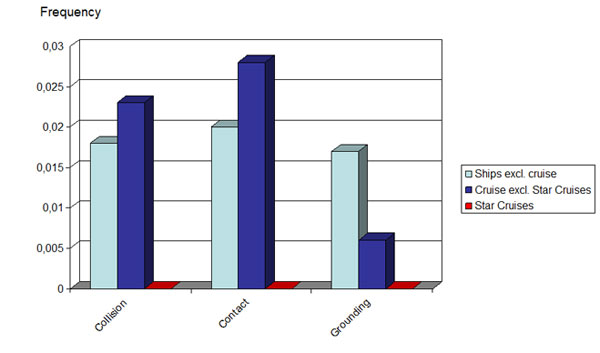MRM has been developed since the early 90’s, and was originally based upon research conducted by the Aviation industry. The Aviation industry course program regarding the “Human Factor” was at this time referred to as Cockpit Resource Management (CRM) and was initiated by the Dutch passenger airline KLM in the late 70’s.
The original course was initially presented as Bridge Resource Management (BRM), but was 2003 renamed to Maritime Resource Management (MRM). The main objective to change the name from BRM to MRM was to attract and involve all relevant organizations and persons who may have an impact to Safety at Sea.
The Swedish Club had already at this stage a clear standpoint that the MRM culture was essential, not only for the Bridge and Engine operation, but for all personnel onboard and the personnel within the shore organization in the shipping companies, as well as affiliated authorities and other organizations in the maritime industry.
What can be achieved by implementing the MRM culture
The Swedish Club had indications of, that shipping companies that worked actively with the MRM culture had less navigational insurance claims than other shipping companies, but had until 2007, not any clear statistics that could identify this trend.
The Swedish Club decided 2007, to prove that such trend existed, that all their navigational claims from 1998-2007 should be compiled and divided in different categories as a comparison.
They divided the navigational insurance claims in collisions, contact damages and groundings. They choose also to separate the shipping companies in three categories: Cargo, Cruise excluding Star Cruises and Star Cruises.
The reason why Star Cruises were separated as a single category was, that The Swedish Club knew that Star Cruises had been working actively with the MRM culture since the mid 90’s, and were interested if any differences in result, regarding navigational insurance claims, could be seen.
The result of the statistics, as presented below, was very convincing.


